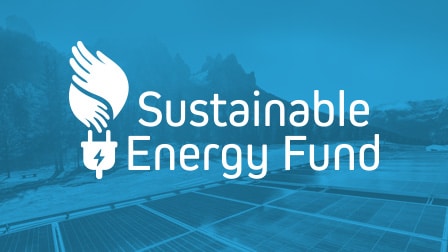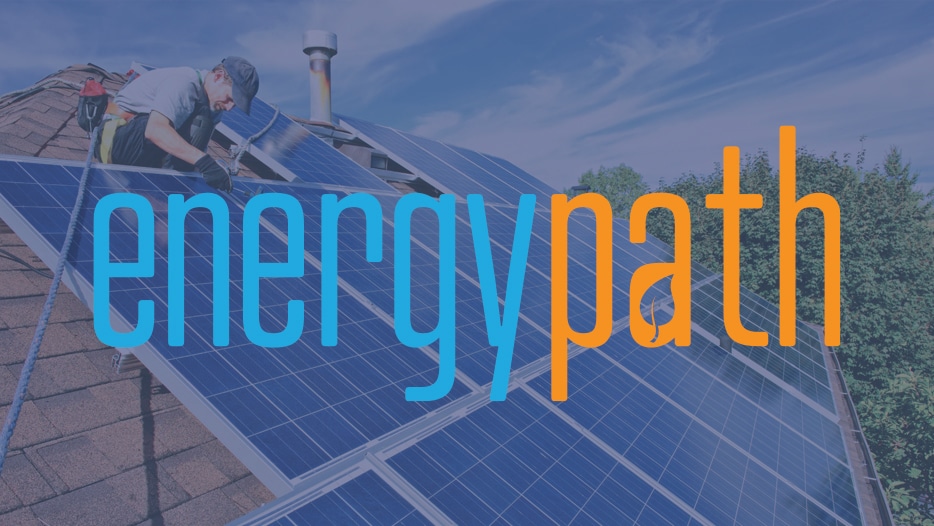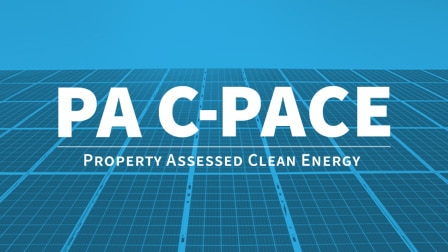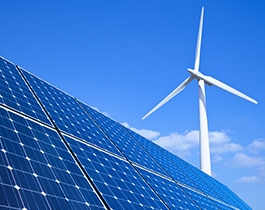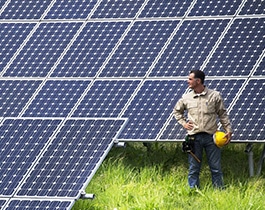Sustainable Energy Fund is pleased to announce the official dates for our 13th annual Energypath 2026, which...
» Read MoreSustainable Energy Fund: Going Net Zero in 2019
Advancing sustainability requires us to strive beyond our capacity. It requires us to embrace new mindsets and undertake new initiatives. For 20 years, Sustainable Energy Fund has strived to advance sustainable energy in Pennsylvania, financing renewable energy and energy efficiency projects as well as pushing forth initiatives to expand others’ capacities and capabilities. To continue to expand our own capacities, Sustainable Energy Fund broke ground on a new 15,000 square foot net-zero energy office building capable of generating as more energy than it consumes. In doing so, Sustainable Energy Fund will have the first net-zero energy commercial building in the Lehigh Valley, and one of only a few in the state of Pennsylvania.
The Approach
Sustainable Energy Fund’s net-zero energy (NZE) building will approach net-zero from the design approach of other NZEs by combining significantly improved energy efficiency to lower its energy demand and incorporating on-site renewables to generate the remainder. Building material technologies have improved significantly in recent years, and buildings can combine these technologies with advanced air sealing techniques to significantly reduce the amount of energy needed to operate the building while still retaining comfort. Additionally, the continuing decline of solar photovoltaic costs has allowed renewable generation to be much more cost-efficient.
A Foundation in Energy Efficiency
The foundation of the building is a balance between energy efficiency and renewable energy. All energy efficiency measures were evaluated for their cost on a $/annual kWh basis. Renewable components were then evaluated based on their cost per kWh on an annual basis. Energy efficiency measures were employed until they reach the cost of renewables.
The Facade
Building facade also plays a significant factor. Utilizing windows for natural daylight can minimize the need for interior lighting; however, windows also allow for greater heat transfer, which can lead to excess energy being used. A careful balance was struck to ensure that there is just enough window space to allow for natural daylighting. In addition, clerestory windows were included to allow daylight to reach the center of the building. Clerestory design can also allow for greater energy efficiency by trapping heat in unoccupied spaces.
Mechanical Systems
Mechanical systems also play a crucial role in the building’s energy use. SEF’s net-zero building will utilize a VRF (variable refrigerant flow) system to manage the building’s climate control. VRF systems differ from others in that they can acutely manage multiple climate zones. This is accomplished with one centralized unit and several smaller units distributed throughout the building. The VRF system can vary the refrigerant flow both through a centralized unit and the distributed ones, allowing for more precise climate control in these areas. VRF systems even have the ability to simultaneously heat and cool, transferring the heat from one area to another. VRF systems can even be switched off in unoccupied areas.
Tightening up a building’s envelope can result in a significant decrease in fresh air entering the building. A fresh air system must be in place to ensure occupants’ health and comfort are maintained. SEF’s net-zero building will utilize energy recovery ventilators to maintain indoor air quality while optimizing energy and humidity transfer. Traditional ventilators bring in fresh, unconditioned air while exhausting conditioned air, which can waste the energy used in conditioning outside the building. Energy recovery ventilators are designed to pass the fresh air and exhaust air through a heat exchanger, capturing the energy from the air being exhausted and transferring it to the incoming fresh air.
Lighting
The building façade will utilize ample window space to allow for natural daylighting. This will be complemented by high efficiency LED lighting coupled with dimming controls to satisfy the building’s lighting needs. LED lighting is the most cost-efficient lighting option and readily available in many styles; coupling this with dimmer control will greatly improve the efficiency beyond what LEDs already offer. Light level sensors will govern the dimmer controls to ensure there is adequate light available for the work environment.
Energy Dashboard
Energy consumption is inherently subconscious. We cannot see electrons move and don’t notice warm or cold air leaving our building, which is why energy is usually only accounted for in a monthly bill. As a way to remind building occupant’s about energy consumption and show them how it is used, SEF’s net-zero building will utilize an energy dashboard system. By displaying their consumption, tenants will better understand their energy use and have greater insight into how they may reduce their consumption.
Sustainable Energy Fund’s net-zero building will go beyond reducing our own energy demand – it will open others’ minds to how we can build more sustainably. Buildings account for 40% of our energy and emissions, which can have a significant impact on our environment. By engaging our own sense of personal agency and willingness to create, Sustainable Energy Fund’s net-zero energy building can engage others in the sustainability conversation and expand the potential for what our built environment could achieve.
